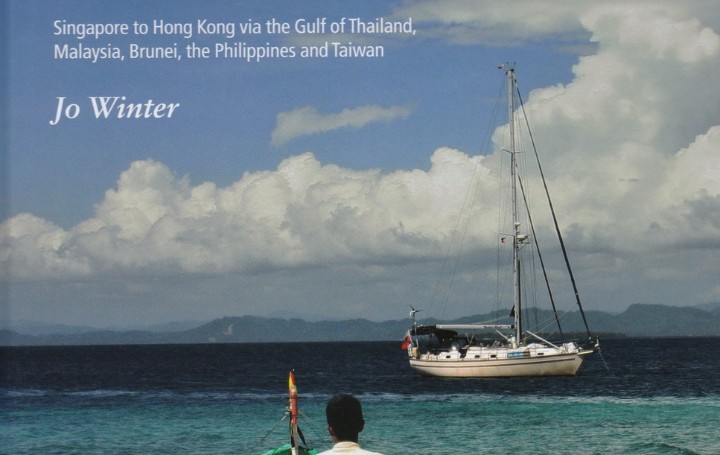Review of South China Sea
None of us wants to be caught out in a Tropical Revolving Storm if we can possibly help it. Guidance on what to do if you are, either at sea or riding it out at anchor, comes at the end of the Introduction to the new Royal Cruising Club Pilotage Foundation edition, South China Sea, by Jo Winter. The guidance is clear, to the point, but spine-chilling. It comes after advice on how to minimise the effects of several other features of cruising in the South China Sea – piracy, theft, corruption, volcanoes, pollution, and crocodiles to name but a few. Why on earth would any of us want to go cruising there?
The answer lies in much of the rest of this beautifully laid out cruising guide. For the introduction Jo has sensibly drawn much of her material directly from this guide’s predecessor, Cruising Guide to Southeast Asia Volume 1 (Davies S and Morgan E), which despite updates, is showing its age: it was published in 1998. Jo’s guide has the huge advantage of being able to use colour charts and to fill the book with photographs. And that is far from all. The 1998 guide needed 67 introductory pages to cover the ground Jo through judicious editing manages in just 38, including photographs. Most importantly, despite the highly relevant advice on how to face the horrors of climate, pirates, and the rest, Jo’s affection for the area, for both its geography and its people, shines through. She gives enough away in those first 38 pages to intrigue rather than deflect. She calls it ‘one of the most diverse, beautiful, unspoilt and undiscovered sailing areas in the world’.
The rest of the book, the real pilotage meat, is much longer than its predecessor – for a very simple reason: it contains a much more comprehensive, up to date body of well presented, accurate information spanning a huge and complex geographical area, much of it never previously covered by any guide. Jo has of course relied on contributions from others, properly acknowledged, for much of her material, but a majority of it results from her own first-hand knowledge of the area, gleaned over several years up till 2017.
For the full review use the link below

